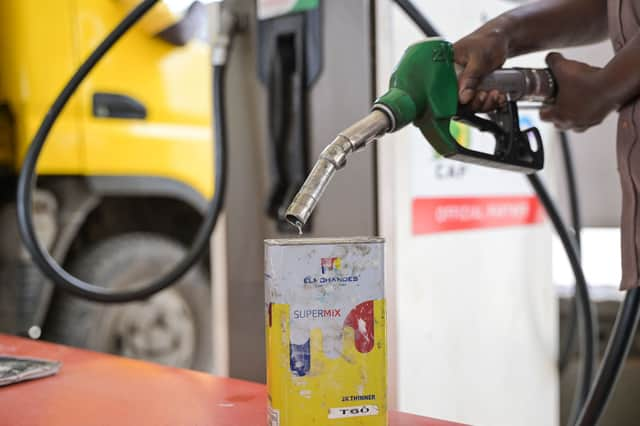Fuel: how have scientists created a safe liquid fuel that cannot start accident fires - but how is it ignited


A unique liquid fuel has been created by scientists that needs an electric current to ignite. The new fuel does not react to flames and therefore cannot start accidental fires during storage or transport, it is a “safe” liquid fuel.
Published in the journal of the American Chemical Society, the team describe how they created the fuel, and additional technical details are also included in the patent they filed.
Advertisement
Hide AdAdvertisement
Hide Ad“If you throw a match into a pool of gasoline on the ground, it’s the vapor of the gas that’s burning ... If you can control the vapor, you can control whether the fuel burns,” study co-author Prithwish Biswas from the University of California - Riverside explained.
They note they modified the chemical formula of the fuel’s base – a type of ionic liquid – replacing the chlorine in it with the perchlorate, and when attempted to use a cigarette lighter against the new liquid, they found that it did not burn.
Yujie Wang, another author of the study said: “The temperature from a normal lighter is high enough, and if it was going to burn, it would have."
But after applying a voltage and then a light flame, the fuel ignited. Dr Wang explained: "Once we shut off the current, the flame was gone, and we were able to repeat that process over and over again – applying voltage, seeing smoke, lighting the smoke so it burned, then turning it off. We were excited to find a system we could start and stop very quickly. This approach presents a paradigm shift, offering the potential to make a ‘safe fuel.'".
Advertisement
Hide AdAdvertisement
Hide AdThe one major feature is that it is safe from accidental, unintended fires, but further research is needed to see its efficiency when used in different types of engines was needed before it could be commercialised.
While scientists said it could be used along with conventional fuel, they called for additional research to understand “what percentage can be mixed and still have it be not flammable”.
“This would definitely be more expensive than the way they currently manufacture fuels. These compounds are not normally produced in bulk, but if they were, the cost would go down,” Michael R Zachariah, another author of the study, said.
Comment Guidelines
National World encourages reader discussion on our stories. User feedback, insights and back-and-forth exchanges add a rich layer of context to reporting. Please review our Community Guidelines before commenting.
